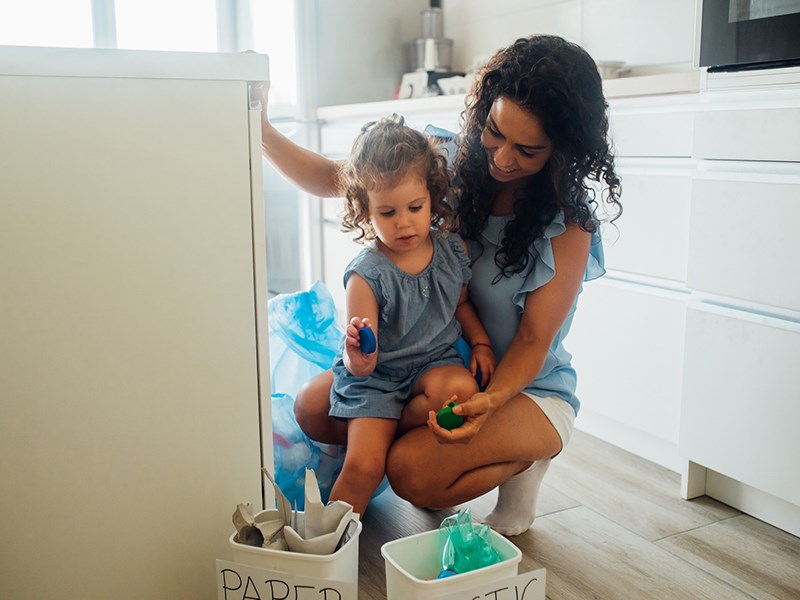You may have tuned into the news this year and heard the recycling system is broken. With boatloads of recycling being turned away from many international ports, headlines about low plastic recycling rates, and tales of recycling ending up in landfills, it’s no wonder we want to know if all our efforts to recycle are worth it in the end.
Understanding recycling in BC is no small task. There are 22 separate producer-paid recycling programs alone, something that distinguishes the province as being much better served than the rest of the country, let alone the continent.
Many of us think of recycling as materials we put in our curbside bins or bring to rural depots. We can drop off anything from a disposable coffee cup to a dog food bag to a pickle jar at depots, and some even accept household batteries, light bulbs, small appliances and kitchen scraps.
Recycle BC (RBC) is the nonprofit all of our curbside collection is sent to, along with the bulk of rural recycling depot materials. Established in 2014, RBC manages the province’s residential packaging and printed paper recycling program, now serving 176 communities. At its outset, the local region experienced massive changes to residential recycling nearly overnight with monitored depots cropping up all over, six in total by 2015. Rather than loads of contaminated recycling – up to 40 per cent – being sent to landfill, suddenly there was staff available to help with sorting, a more trackable recycling “trail,” and contamination rates below five per cent.
Right out of the gate RBC set itself apart by keeping all of its processing of collected materials, except paper, in North America. When China, the main importer of paper and plastic recyclables worldwide, imposed bans on dozens of recyclables in 2018, this allowed RBC to remain resilient, having already established end markets closer to home.
Currently, RBC processes all of its rigid plastic, plastic bags and overwrap, glass, and some of its foam, metal and paper in BC. The remaining metal is processed within North America, and remaining paper and foam are processed overseas. More recently added, the flexible plastic packaging stream of notoriously problematic plastics laminated together is being collected for research into its recyclability. What is not recycled is made into engineered fuel used as a coal replacement for industry. In this way, incineration accounts for about four per cent of what is collected.
Overall, 90 per cent of what is recovered through recycling bins and depots by RBC is recycled into another product or recycled packaging. Notable, too, is the 78 per cent recovery rate, which means only 22 per cent of potentially recyclable residential packaging and printed paper in BC are not returned by residents to RBC.
While heartening statistics to some, even a grade schooler knows recycling is at the bottom of the zero-waste pyramid. Reducing our consumption in the first place by using refillable containers, shopping in bulk, and bringing a basket to the store is much more effective. Buying items secondhand circumnavigates packaging altogether, and also gains a planetary applause.
When we inevitably have household recycling, take that extra moment to rinse and dry it before tossing it in the bin to ensure an even more stellar report card from RBC.
Let’s Talk Trash is qathet Regional District’s waste-reduction education program. For more information, email [email protected] or go to LetsTalkTrash.ca.



